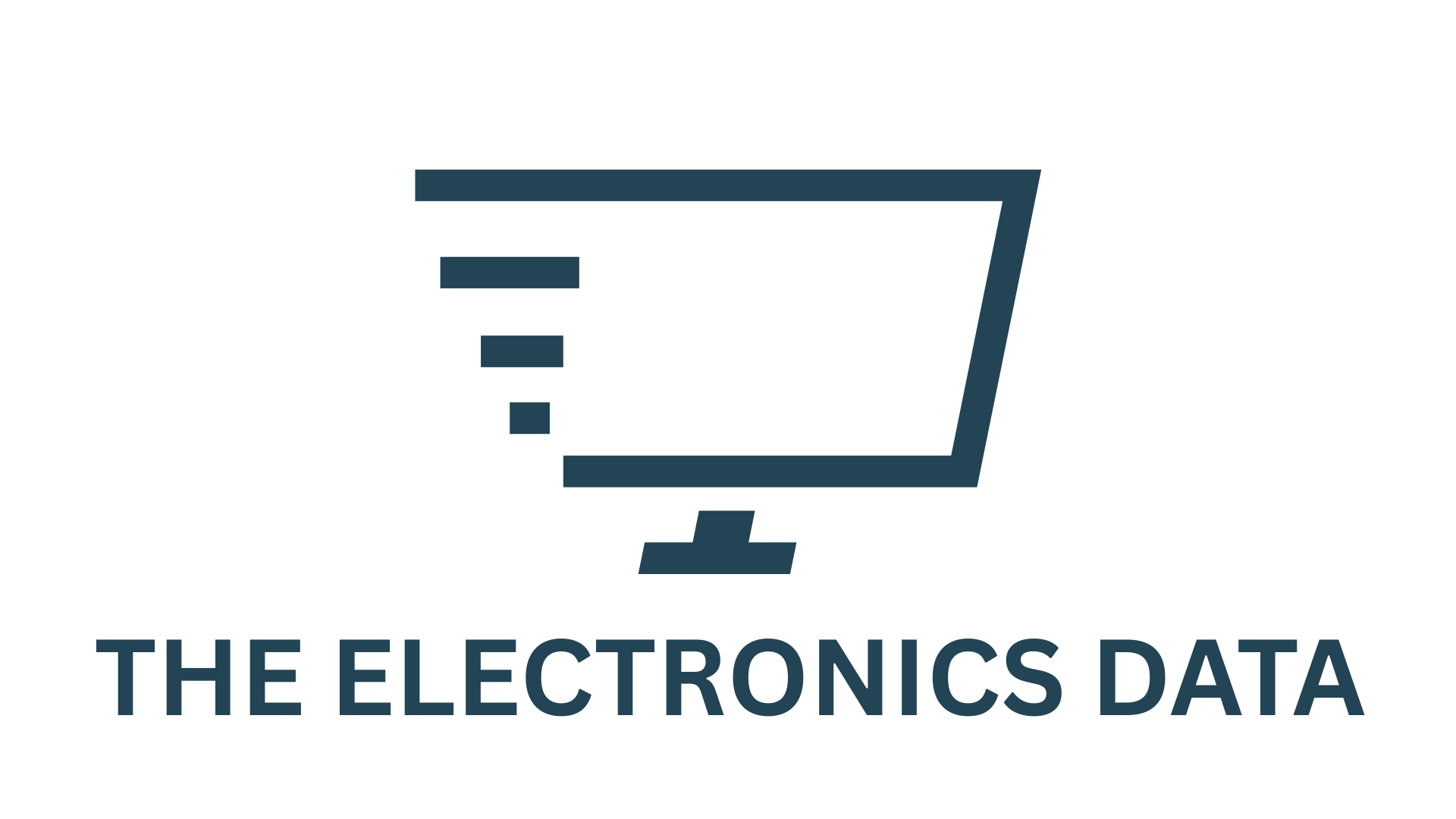Sony Semiconductor Solutions Corporation (SSS) today announced the upcoming release of the IMX479 stacked, direct Time of Flight (dToF) SPAD depth sensor for automotive LiDAR systems, delivering both high-resolution and high-speed performance.
The new sensor product employs a dToF pixel unit composed of 3×3 (horizontal × vertical) SPAD pixels as a minimum element to enhance measurement accuracy using a line scan methodology. In addition, SSSs proprietary device structure enables a frame rate of up to 20 fps*1, which is the fastest for such a high-resolution SPAD depth sensor having 520 dToF pixels.*2
The new product enables the high-resolution and high-speed distance measuring performance demanded for an automotive LiDAR required in advanced driver assistance systems (ADAS) and automated driving (AD), contributing to safer and more reliable future mobility.
LiDAR technology is crucial for the high-precision detection and recognition of road conditions and the position and shape of the objects, such as vehicles, pedestrians. There is a growing demand for further technical advancements and developments progress in LiDAR toward Level 3 automated driving, which allows for autonomous control. SPAD depth sensors use the dToF measurement method, one of the LiDAR ranging methods, that measures the distance to an object by detecting the time of flight (time difference) of light emitted from a source until it returns to the sensor after being reflected by the object.
The new sensor harnesses SSS’s proprietary technologies acquired in the development of CMOS image sensors, including the back-side illuminated, stacked structure and Cu-Cu (copper-copper) connections.*4 By integrating the newly developed distance measurement circuits and dToF pixels on a single chip, the new product has achieved a high-speed frame rate of up to 20 fps while delivering a high resolution of 520 dToF pixels with a small pixel size of 10 μm square.
*4 A technology used when a pixel chip (top) is stacked with a logic chip (bottom), to achieve electrical continuity by connecting the Cu (copper) pads to each other. This increases the flexibility in the design, improves productivity, and enables a smaller size and higher performance compared with Through-Silicon Vias (TSV), where the upper and lower chips are connected via electrodes around the circumference of the pixel area.
Main Features
■ Up to 20 fps frame rate, the fastest for a 520 dToF pixel SPAD depth sensor*2
This product consists of a pixel chip (top) with back-illuminated dToF pixels and a logic chip equipped with newly developed distance measurement circuits (bottom) using a Cu-Cu connection on a single chip. This design enables a small pixel size of 10 μm square, achieving high resolution of 520 dToF pixels. The new distance measurement circuits handle multiple processes in parallel for even better high-speed processing
These technologies achieve a frame rate of up to 20 fps, the fastest for a 520 dToF pixel SPAD depth sensor.*1 They also deliver capabilities equivalent to 0.05 degrees vertical angular resolution, improving the vertical detection accuracy by 2.7 times that of conventional products.*5 These elements allow detection of three-dimensional objects that are vital to automotive LiDAR, including objects as high as 25 cm (such as a tire or other objects in the road) at a distance of 250 m.
